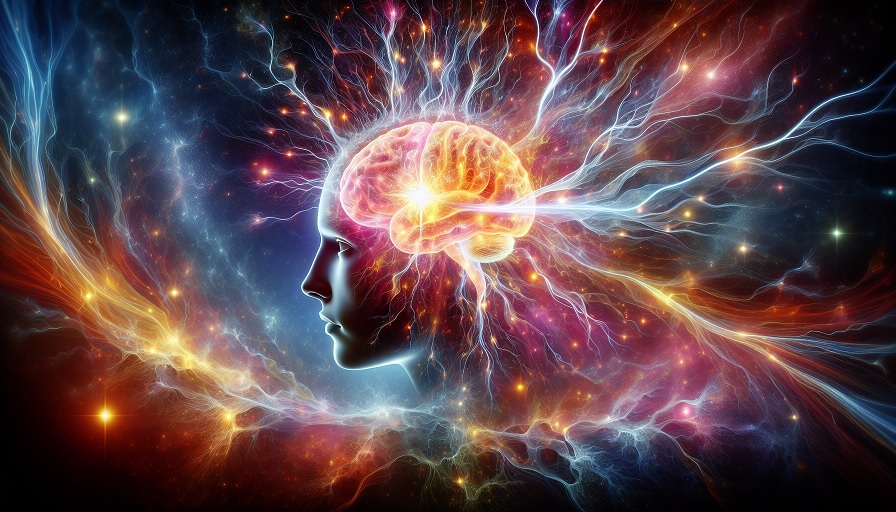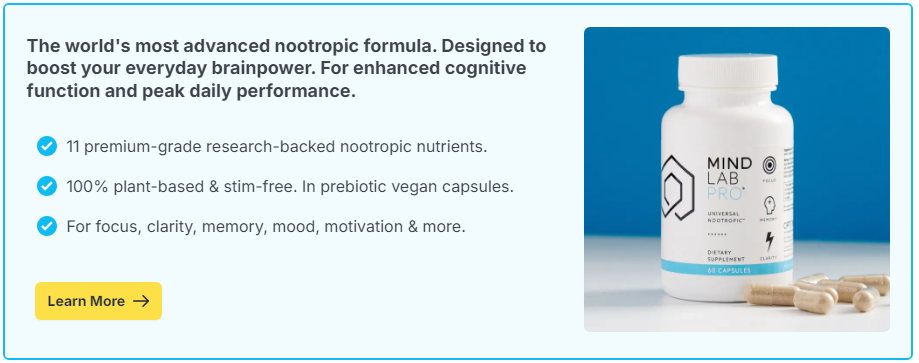
Creativity is often described as the spark that lights up new ideas, while innovation is the process of turning those ideas into reality. Behind both lies mental sharpness, the ability to think clearly, adapt quickly, and connect seemingly unrelated concepts. In many ways, mental agility is the engine that powers breakthroughs in art, science, technology, and business.
Contents
The Connection Between Mental Clarity and Creative Output
While bursts of inspiration can seem spontaneous, the truth is that mental clarity creates the environment where creativity thrives. A cluttered mind struggles to see patterns or generate fresh solutions. Mental sharpness allows a person to sift through information efficiently, identify key elements, and imagine new possibilities without getting lost in irrelevant details.
Pattern Recognition
One of the foundations of creativity is recognizing patterns others might overlook. A musician may detect subtle similarities between two genres and merge them into a fresh sound. A product designer might see connections between nature’s designs and functional engineering solutions. Mental agility enables these connections to emerge more readily.
Flexibility of Thought
Innovative thinkers often challenge their own assumptions. This mental flexibility allows them to view problems from different angles, leading to unconventional yet effective solutions. A scientist who shifts perspective during an experiment can uncover breakthroughs that a rigid approach might miss.
Speed of Processing
Processing information quickly means being able to navigate the creative process without getting bogged down. For example, in brainstorming sessions, a sharp mind can rapidly evaluate ideas, discard the weak ones, and focus energy on the most promising concepts.
Enhancing Mental Agility to Boost Creativity
Like a muscle, the mind benefits from consistent and varied training. Strengthening mental agility can improve problem-solving speed, expand the range of ideas, and boost the confidence needed to take creative risks.
Engaging in Diverse Experiences
Exposure to new environments, cultures, and disciplines fuels creativity by providing fresh input for the brain to work with. An architect who studies sculpture may gain insights that transform their building designs. Similarly, a software developer attending an art exhibit may notice design principles they can apply in user interfaces.
Challenging the Brain with Puzzles and Games
Crossword puzzles, logic games, and memory challenges can help keep the brain nimble. These activities stimulate multiple areas of the brain, improving the ability to see links between concepts and maintain focus over extended periods.
Collaboration and Conversation
Discussing ideas with people from different backgrounds can spark new ways of thinking. Diverse perspectives introduce unique problem-solving approaches that might not emerge in isolated work.
The Role of Brain Health in Sustaining Creativity
Creativity does not exist in a vacuum – it relies on the brain’s physical and chemical health. Just as a painter needs a well-maintained brush, a creative thinker needs a brain in peak condition to produce their best work.
Nutrition for Cognitive Vitality
Eating nutrient-rich foods supports neurotransmitter function and protects brain cells. Omega-3 fatty acids help with communication between neurons, while antioxidants combat inflammation that can slow thinking. Balanced blood sugar levels from complex carbohydrates can prevent mental energy crashes during creative sessions.
Nootropics and Brain Supplements
Some individuals use nootropics to support creative output by improving mental clarity, focus, and memory. Ingredients such as ginkgo biloba, bacopa monnieri, and certain amino acids are studied for their potential role in cognitive performance. While they are not magic solutions, when combined with healthy habits, they may offer an extra boost in sustaining mental sharpness over long creative projects.
Managing Mental Fatigue to Preserve Innovation
Innovative thinking demands significant energy. Mental fatigue can dull creativity, making it harder to generate original ideas or recognize valuable ones. Managing that fatigue is essential to preserving a steady flow of creative thought.
Balancing Intense Work with Rest
Scheduling breaks between mentally demanding tasks allows the brain to recharge. Short walks, light stretching, or even moments of daydreaming can reset cognitive function, leading to renewed bursts of inspiration.
Sleep as a Creative Catalyst
Sleep not only restores mental energy but also plays a role in creative problem-solving. During certain stages of sleep, the brain consolidates information and strengthens connections between ideas. This is why solutions to complex problems sometimes appear after a good night’s rest.
Overcoming Creative Blocks
Even the most innovative minds encounter blocks. These periods can feel frustrating, but they often signal that the brain needs either a shift in perspective or a recovery period. Addressing these blocks quickly can keep creativity flowing.
Changing the Environment
Something as simple as working in a new location can stimulate the brain. New surroundings offer fresh stimuli, encouraging the mind to think differently.
Structured Creativity Techniques
Methods such as mind mapping, the SCAMPER technique, or random word association can break habitual thinking patterns. These tools force the brain to generate new links, which may lead to unexpected innovations.
Integrating Mental Sharpness Practices Into Daily Life
Building and maintaining mental sharpness does not require an overhaul of one’s schedule. Small, consistent habits can make a big difference. Combining mental exercises with physical care for the brain creates the ideal conditions for creativity and innovation to thrive.
- Read books outside your primary area of expertise.
- Regularly engage in physical exercise to boost oxygen flow to the brain.
- Maintain a consistent sleep schedule for optimal brain function.
- Use creative prompts or challenges to keep ideas flowing.
- Consider safe, research-backed nootropics to complement a healthy lifestyle.
Mental sharpness is not reserved for the few – it can be cultivated. When nurtured through intentional habits, diverse experiences, and brain health practices, it becomes a powerful driver of creativity and innovation in any field.

